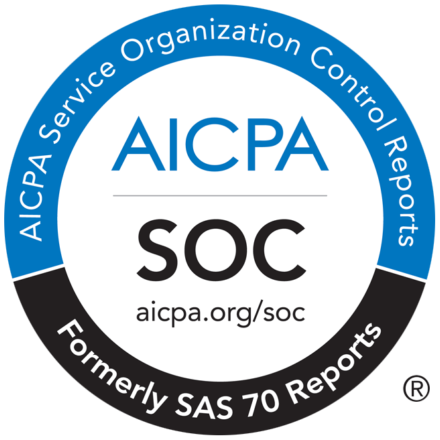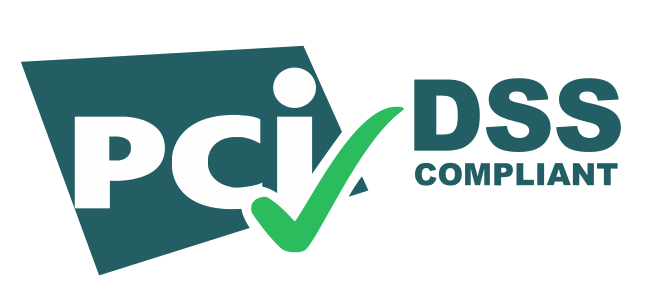As education becomes more widespread, so too does the crime of plagiarism, especially in the university sector. Of course, some students will actively and knowingly choose to plagiarize, but not all those found guilty of plagiarism were intending to commit a crime. Being an essay writer at the service where you can ask to write my essay, I can say that lack of understanding or ability concerning paraphrasing and summarizing are often responsible.
Definition of Plagiarism
To plagiarise means to present someone else’s work as one’s own. In college or university terms, plagiarism is revealed in written assignments when students have included sections of text which have been copied from the Internet, a textbook, or other students.
What is Blatant Plagiarism?
Blatant plagiarism is plagiarism that is, essentially, easy to prove. For example, paying for an essay that someone else wrote is clearly plagiarism, as is copying several paragraphs from a book. The internet age makes it easy to cut and paste large chunks of texts from websites. The problem is that students are not giving credit to their sources or are incorporating words, phrases, sentences, or even pages into their papers as their own.
These actions are blatant plagiarism because “borrowing” text this way is not giving credit to the source. It’s as if a student hasn’t even tried to write anything in her own words. Accidental plagiarism is a little different in that sometimes students are clearly trying to give credit to their source but don’t quite understand how to do it correctly.
Less Obvious (But Still Problematic) Plagiarism
Some students are trying to properly integrate sources but go about doing it the wrong way. Sometimes instructors will refer to this as “accidental” plagiarism because they know the student is trying not to plagiarize.
So what’s the difference? Here are two ways students can unwittingly plagiarize a source:
- A student takes, word for word, information from his source. He makes sure he gives that source credit. If it is a quotation and he has not put quotation marks around the quote, even if he cites the source, it is considered plagiarism. Without putting the quotation marks around the borrowed information, readers will assume it’s the writer’s own words (rather than the exact words of the source), and that is why it’s considered plagiarism.
- A similar practice is this: Students often understand that if they are not directly quoting the source, they must rephrase the original author’s words in their own words.
Following is a paragraph that will be used as a source for two examples below:
But what of contemporary nature writers? Modern essays with the flavor of Emerson and Thoreau can be found in the words of Sigurd Olson and Richard Proenneke. But more and more, nature writers of today are focusing on the effects of modern-day technology’s impact on the earth. Many of these writers focus on nature, but their goal is more than just to savor the earth — they write also to save her. Bill McKibben and Terry Tempest Williams lead the pack in ecological writing.
Here is an example of crediting the source but not properly quoting:
- According to Shoeman, contemporary nature writers include authors like Sigurd Olson and Richard Proenneke, but other writers focus on nature, and their goal is more than just to savor the earth. They write also to save her. Bill McKibben and Terry Tempest Williams lead the pack in ecological writing.
While this writer acknowledges her source, she does not put quotation marks around keywords, phrases, and sentences that are not her own. She might be accused of plagiarism, even though it’s not necessarily intentional.
This is an example of presenting the other author’s ideas as one’s own; while the information is not a direct quotation, it is not the student’s own original ideas:
- Authors like Bill McKibben and Terry Tempest Williams seem to write their essays to help their readers save the earth instead of just enjoy the wonders of it. This kind of contemporary nature writer focuses on what technology has done to the planet.
While this student has put the original author’s writing into his own words, he has not acknowledged the source of these ideas. He could be accused of plagiarizing, even though it is accidental. The student thought that by rewording the ideas he would be okay.
Plagiarism Means Stealing Words and/or Ideas
Instructors would like to believe that few students intentionally plagiarize, but some may do so accidentally. There are ways to avoid intentional plagiarism, but the main way to avoid accidental plagiarism is by knowing what is considered plagiarism. The best advice is to give credit to one’s sources when in doubt.
Avoiding Plagiarism
For the majority of topics, when students do research, they will find much available, both in textbooks and online. Often, they will feel they can’t describe or explain a topic any better than it has been presented by others. This can lead them to be tempted to use text from references found, which they feel explains a difficult concept or aspect clearly. However, using even a single sentence from someone else’s work can result in a student being found guilty of plagiarism.
Many students feel that changing keywords and replacing them with synonyms is safe because it presents the information differently. However, students need to understand that not only must keywords be changed, but the sentence structure must also be changed. If keywords are changed, yet the sentence structure remains unchanged, a student is just as likely to be accused of plagiarism as if no changes were made.
How to Summarize
Summarising means to present only the key points of any topic i.e., all supporting detail should be eliminated. It is a skill that students will find useful when they come to present the main ideas on a given topic. As less information is being presented in a summary, there is less of a risk of falling foul of plagiarism rules. However, it is still essential that key points are presented by students using original text and form, so the guidelines given for paraphrasing should still be followed.
Detecting Plagiarism
As plagiarism is considered a serious crime, i.e., theft of intellectual property, mechanisms are constantly being developed to detect offenses, and universities are increasingly using them to identify cases of plagiarism. “Copyleaks” is one such system that universities use.
Essentially, when an assignment is received, lecturers are required to run it through the university’s chosen plagiarism checker. The systems search the Internet with amazing speed and will identify every element of an essay that is structured identically to every other article that exists on a given topic. Not only is plagiarized text identified, but the systems identify exactly where the text has been “stolen” from. Searches are not only carried out on original documents produced in the home country; these systems are extensive, which means a worldwide search is carried out.
Warning for Students
Many students, fearful that their work will be considered to be plagiarised, will run assignments through online plagiarism detection systems before submitting them to their professors to ensure they are considered “clean.” However, students should be warned that once a piece of work has been put through any online plagiarism detection system, it will show up as plagiarised when a university professor submits it for testing.
Eliminating Concern
As universities strive to “clamp down” on plagiarism, students are becoming increasingly concerned that they will fall foul of detection systems; however, employing the skills of paraphrasing and summarizing, and faithfully presenting a topic in one’s own words, should eliminate the need for concern among students as it is very unlikely that anyone will choose the same words and structure as another, no matter what topic is being discussed.

